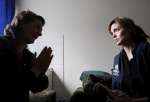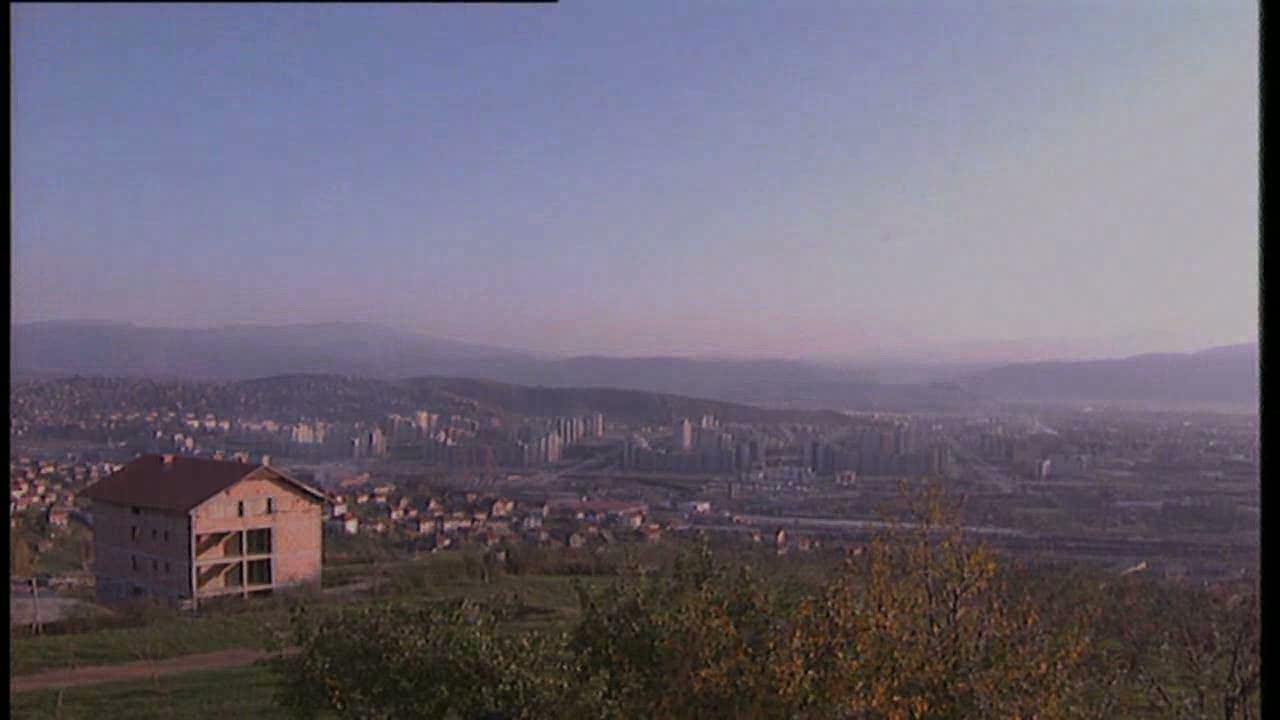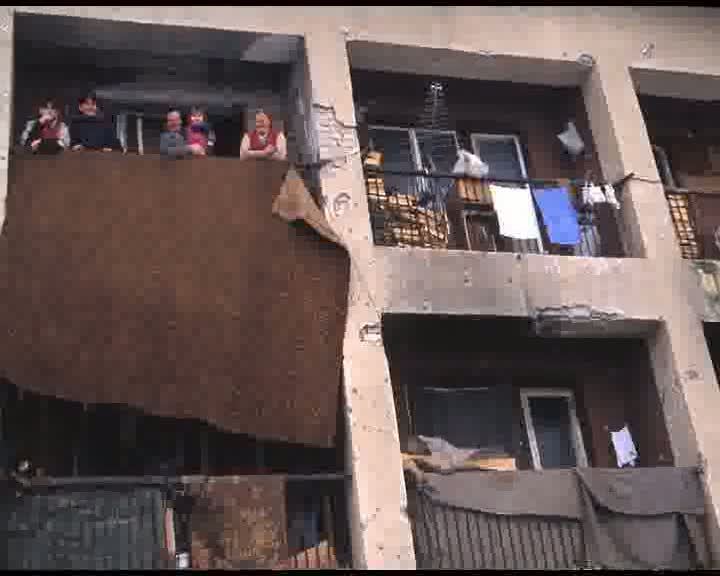Top UNHCR official visits the Balkans
News Stories, 9 April 2003

SARAJEVO, April 9 (UNHCR) – UN refugee agency Deputy High Commissioner Mary Ann Wyrsch is visiting the Balkans – a region that is still trying to come to terms with Europe's largest wave of displacement since World War II. UNHCR's number two official has met with local officials across the region, getting a first-hand impression of one of the agency's largest operations ever.
Speaking in the capital of Bosnia and Herzegovina, Sarajevo, Wyrsch said last week she was heartened by the amount of progress made since the Dayton peace agreement put an end to the war in Bosnia more than seven years ago. But she warned that the world should not walk away from the Balkans or risk squandering some of the achievements.
Nearly half of the two million people uprooted by the war have gone back to their homes in Bosnia and Herzegovina since the guns fell silent. Hundreds of thousands have returned to areas controlled by their former enemies, in at least a partial reversal of the policy of "ethnic cleansing" that became a grim feature of the Balkan wars. Wyrsch praised the courage of those going back and said they deserved continued support.
"I am afraid that unless additional assistance is made available, the impressive momentum may be stalled," she said.
During the Bosnia leg of her trip, Wyrsch visited some of the most war-scarred communities of the country, including the eastern town of Srebrenica – the scene of the worst massacre in Europe since World War II.
In Kosovo, the Deputy High Commissioner met with minority Serbs and Roma who have been slowly trickling back to their homes as stability gradually takes hold. She assured them that UNHCR would continue to support minority returns despite many difficulties.
"The path towards tolerance and reconciliation is long and difficult, indeed, a painful process, but we are highly committed to it," she said.
In Kosovo's main city, Pristina, Wyrsch also met with President Ibrahim Rugova and the head of the UN Mission there, Michael Steiner.
During her week-long trip, the Deputy High Commissioner also visited Serbia and the former Yugoslav Republic of Macedonia, where she met with government officials and displaced communities. Later this week, she is scheduled to visit Croatia before returning to Geneva.
















































